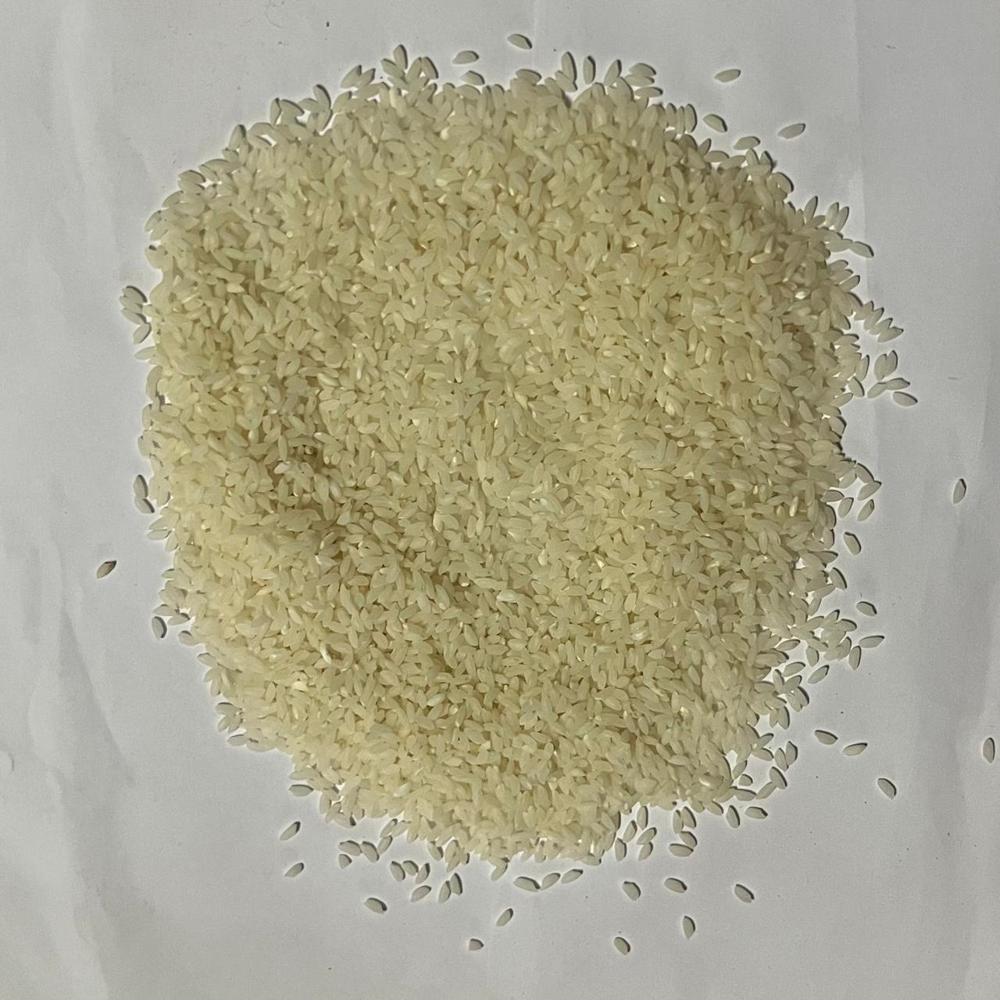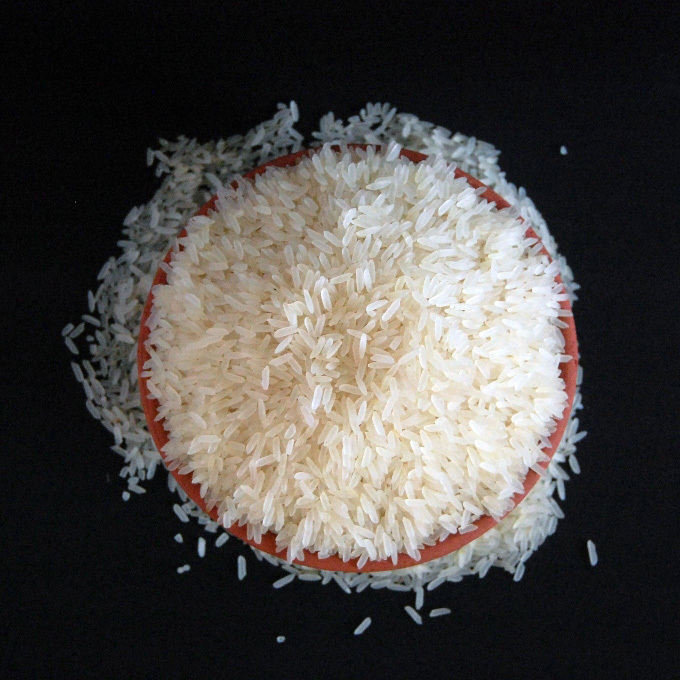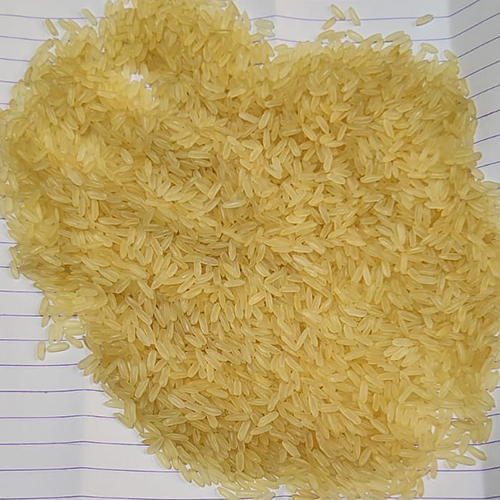swarna rice
Price 32.0 INR/ Kilograms
MOQ : 100 Kilograms
swarna rice Specification
- Cultivation Type
- Organic
- Style
- Fresh
- Dried
- Yes
- Color
- White
- Shelf Life
- 2 Years
- Origin
- India
swarna rice Trade Information
- Minimum Order Quantity
- 100 Kilograms
- Payment Terms
- Cash in Advance (CID)
- Supply Ability
- 10000 Kilograms Per Day
- Delivery Time
- 2 Days
- Main Export Market(s)
- Australia, Asia, Central America, North America, South America, Eastern Europe, Western Europe, Middle East, Africa
- Main Domestic Market
- All India
About swarna rice
Swarna rice, also known as MTU 7029, is a popular high-yielding, semi-dwarf rice variety widely cultivated in India, especially in eastern states like West Bengal, Odisha, Bihar, and Chhattisgarh. It was developed by the Acharya N.G. Ranga Agricultural University (ANGRAU) in Andhra Pradesh.Key Features of Swarna Rice: Maturity Period: Around 135145 days, making it a medium-duration rice variety. High Yield: It produces about 56 tons per hectare, though yields can vary depending on agronomic practices and climatic conditions. Grain Type: Long to medium slender grains, non-aromatic, often consumed as parboiled rice. Disease Resistance: Shows moderate resistance to pests and diseases like bacterial leaf blight and blast. Adaptability: Suited for rainfed lowlands and irrigated conditions. Performs well in areas with water stagnation. Economic Importance: Known for its low production cost and wide adaptability, making it a preferred choice among smallholder farmers. Uses: Commonly consumed as daily staple rice in India. Often used in public distribution systems (PDS) due to its affordability. Also exported to parts of Africa and Asia where demand for non-basmati rice exists.FAQs of swarna rice:
Q: What is the cultivation type of Swarna Rice?
A: Swarna Rice is cultivated organically.Q: Is Swarna Rice dried?
A: Yes, Swarna Rice is dried.Q: What is the shelf life of Swarna Rice?
A: The shelf life of Swarna Rice is 2 years.Q: What is the color of Swarna Rice?
A: Swarna Rice is white in color.Q: Where does Swarna Rice originate from?
A: Swarna Rice originates from India.
Tell us about your requirement

Price:
Quantity
Select Unit
- 50
- 100
- 200
- 250
- 500
- 1000+
Additional detail
Mobile number
Email
More Products in Rice Category
Govind Bhog Rice
Price 86.0 INR / Kilograms
Minimum Order Quantity : 1 Ton
Shelf Life : 2 Years
Cultivation Type : Organic
Style : Fresh
Color : White
IR64 rice
Price 32 INR / Kilograms
Minimum Order Quantity : 100 Kilograms
Shelf Life : 2 Years
Cultivation Type : Organic
Style : Fresh
IR36 parboiled rice
Price 32.0 INR / Kilograms
Minimum Order Quantity : 100 Kilograms
Shelf Life : 2 Years
Cultivation Type : Organic
Style : Fresh
Color : White
Jeera kathi rice
Price 32.0 INR / Kilograms
Minimum Order Quantity : 100 Kilograms
Shelf Life : 2 Years
Cultivation Type : Organic
Style : Fresh
Color : White

 Send Inquiry
Send Inquiry






 Send Inquiry
Send Inquiry Send SMS
Send SMS English
English Spanish
Spanish French
French German
German Italian
Italian Chinese (Simplified)
Chinese (Simplified) Japanese
Japanese Korean
Korean Arabic
Arabic Portuguese
Portuguese